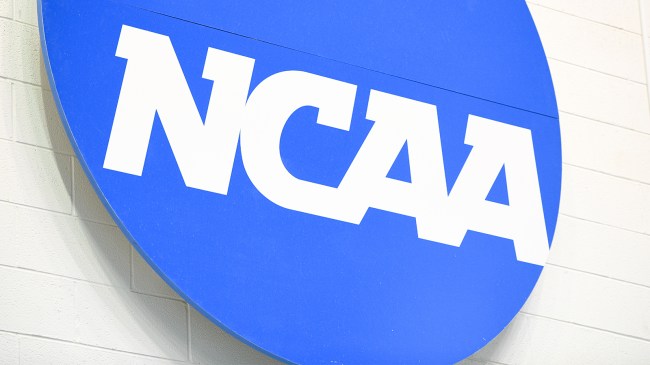
Getty Image
The NCAA tried to convince the Supreme Court (and the masses) that the advent of NIL deals would mark the beginning of the end of college sports as we know them. It’s hard to argue that’s been the case based on the current landscape, although some officials are sounding the alarm when it comes to that prophecy being fulfilled for a similar reason in the not-so-distant future.
It’s impossible to argue the name, image, and likeness sponsorships that have become all the rage over the past few years have created a grey area the NCAA and schools across the country have struggled to properly address. However, the governing body seemed to have missed the mark when it asserted people would lose interest in college athletics if players lost their amateur status while unsuccessfully attempting to prevent the NIL Era from beginning in front of America’s highest court.
It didn’t take long for plenty of fans around the country to form collectives that have been used to give players some extra incentive to commit to a certain program.
Some critics of the groups that facilitate those endorsement deals have described them as de facto bribery, and even if you don’t think that’s the case, it is hard to totally dismiss the notion that NIL money has created a slippery slope leading to a future where players demand different (and higher) forms of compensation.
The one major factor that currently sets college athletics apart from the pros is that student-athletes don’t technically receive money for playing a sport, but according to one Big Ten athletic director, that may not be the case for much longer.
According to Yahoo Sports, University of Maryland AD Damon Evans recently admitted he believes it’s only a matter of time until schools and conferences agree to a revenue share with the players who are largely responsible for allowing them to rake in massive amounts of dough, predicting what is known as “The Great Split” could be coming by 2028:
“I do believe five years from now that we will be at a point where we are sharing revenue with student-athletes…
To think we are not going to be sharing some of those revenues… we are going to be there. It would not surprise me to see some sort of different type of governance structure in place that separates the A5 out from the current structure.”
The “A5” is a reference to the “Power Five” (which is set to become the “Power Four” in the wake of the demise of the Pac-12), and those conferences (as well as the NCAA) are currently facing a bit of a headache courtesy of a class-action lawsuit filed by former Arizona State swimmer Grant House, which seeks $3 billion for student-athletes seeking retroactive pay after not being allowed to profit off of their profile during their time in college.
There’s a growing belief that case could lead to “The Great Split,” which would see college sports transform into a world of Haves who can afford to share revenue with players and the Have-Nots who will essentially be forced to toil in obscurity due to their inability to compete with the big boys.
We’d have to wait for Evans’ prediction to become a reality to see how things would actually play out, but I have a hard time believing it would be a good thing in the long run.